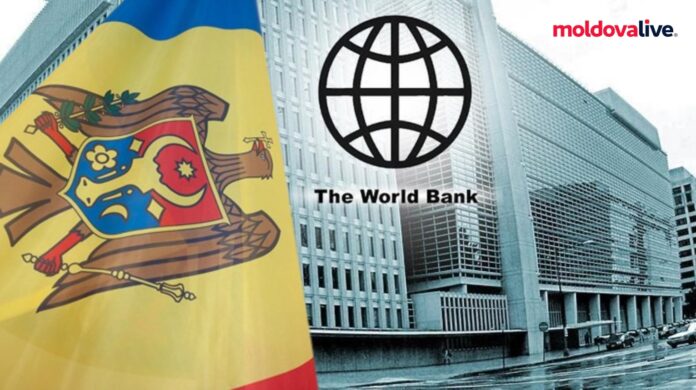The World Bank forecasts that Moldova’s economy will grow by 2.8% in 2024, an increase from the 2.0% projected in June. This growth is supported by rising real wages, lower inflation, favorable interest rates, and positive fiscal measures. Although real remittances have declined, private consumption will remain a key driver of growth, spurred by a gradual improvement in investment activity, writes bani.md.
“Projections point to an increase in imports, while exports will face weak external demand, resulting in a negative contribution from net exports. Growth will also be driven by domestic trade, as disposable incomes rise, and by the performance of the ICT sector. The industrial sector will play a larger role in driving growth. Although external demand remains below pre-pandemic levels, which could limit the potential of the whole sector,” said World Bank economist Marcel Chistruga.
Despite reporting a bumper harvest in the first half of 2024, the agricultural sector will experience modest growth due to the summer drought. The transportation sector could negatively affect growth due to a drop in trade flows to and from Ukraine.
FOR THE MOST IMPORTANT NEWS, FOLLOW US ON TWITTER!
In the medium term, Chistruga expects reforms focused on enhancing economic diversification and competitiveness, aligned with the EU accession agenda, to boost growth. The economy will grow by 3.9% in 2025 and 4.5% in 2026, with real disposable incomes expected to improve continuously.
The inflation will remain within the target range in the medium term, although food prices and weather conditions will influence fluctuations. The poverty rate, estimated at 10.63% by 2024, could fall further by 2025 following economic stabilization.
Moldova will continue to rely on international financial assistance, with an estimated fiscal deficit of 4.1% of GDP in 2024. However, improved tax collection and more efficient spending will narrow the deficit in the medium term.


